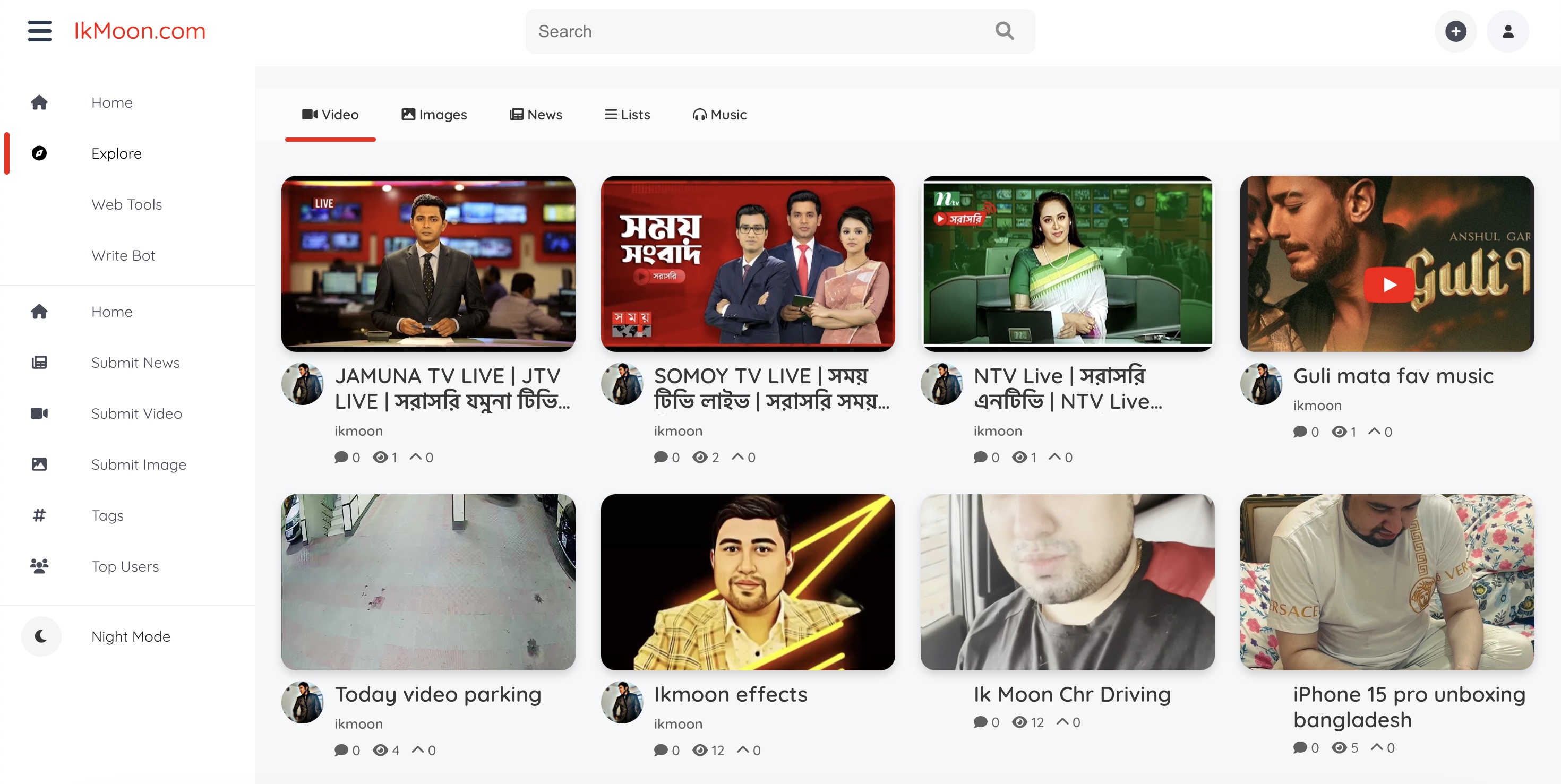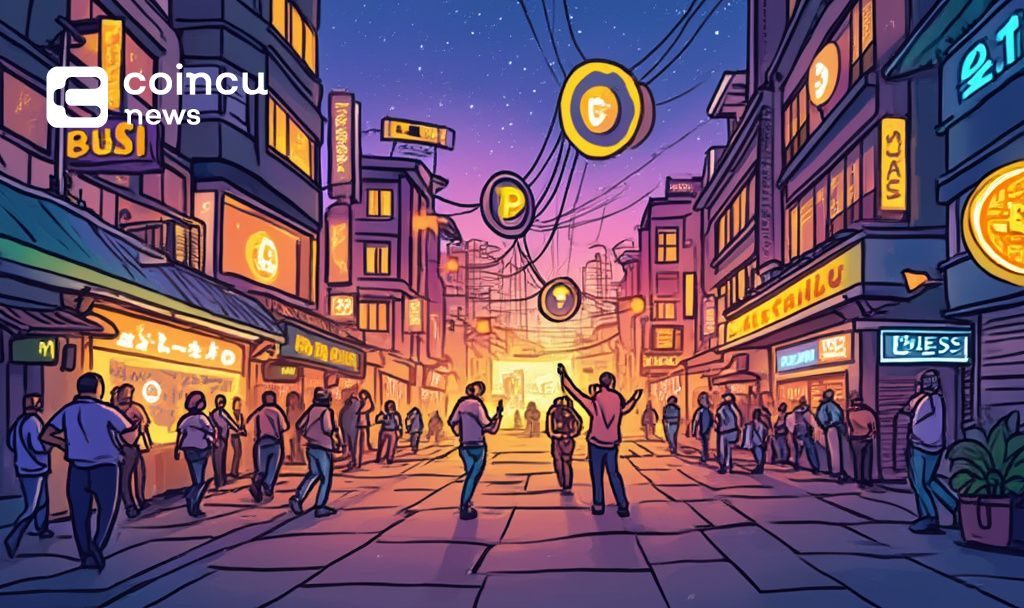How Lyricist Lounge Grew From A Communal Non-Profit To A Six-Figure TV Show And Hip-Hop Pantheon
The post How Lyricist Lounge Grew From A Communal Non-Profit To A Six-Figure TV Show And Hip-Hop Pantheon appeared on BitcoinEthereumNews.com. Danny Castro and Ant Marshall, founders of Lyricist Lounge. Lyricist Lounge/Instagram What began in 1991 as a nonprofit safe haven for MCs has become a global brand — and on a summer night in Brooklyn, Lyricist Lounge’s legacy collided with Raekwon’s mafioso rap classic. On Saturday, August 9, Prospect Park welcomed with classic rap enthusiasts spanning the ‘80s, ‘90s, early 2000s to commemorate the 30th anniversary of Wu-Tang Clan member Raekwon’s solo debut, Only Built 4 Cuban Linx — staple of mafioso rap, and widely regarded as one of hip-hop’s greatest albums. Hip-hop heads also gathered to celebrate the return of Lyricist Lounge, thanks to BRIC Celebrate Brooklyn!, New York City’s longest-running free outdoor performing arts festival. The story of Lyricist Lounge is one of humble beginnings that grew into global brand recognition, one absorbed by a niche yet far-reaching audience that continues to expand as the eras go by. Last weekend, I spoke with founders, Danny Castro and Anthony Marshall, about how a real rap communal haven evolved from a nonprofit into a sustainable brand. Castro and Marshall were still high school teenagers when they developed the Lyricist Lounge vision in 1991. Practitioners of hip-hop elements themselves, namely, b-boying and rap, they invested nothing but their love for the culture into the initiative. Inexperience came with their youth; they were new to the worlds of the music business, event management, and marketing. Still, the concept was simple: build a community for practitioners of rap and while welcoming lovers of the craft. There was no intention for the venture to be profitable. “We grew up as dancers, and from there it evolved,” said Marshall. “A lot of the dancers ended up starting to rhyme themselves because they were tired of being behind the actual person rhyming. It was just part…

The post How Lyricist Lounge Grew From A Communal Non-Profit To A Six-Figure TV Show And Hip-Hop Pantheon appeared on BitcoinEthereumNews.com.
Danny Castro and Ant Marshall, founders of Lyricist Lounge. Lyricist Lounge/Instagram What began in 1991 as a nonprofit safe haven for MCs has become a global brand — and on a summer night in Brooklyn, Lyricist Lounge’s legacy collided with Raekwon’s mafioso rap classic. On Saturday, August 9, Prospect Park welcomed with classic rap enthusiasts spanning the ‘80s, ‘90s, early 2000s to commemorate the 30th anniversary of Wu-Tang Clan member Raekwon’s solo debut, Only Built 4 Cuban Linx — staple of mafioso rap, and widely regarded as one of hip-hop’s greatest albums. Hip-hop heads also gathered to celebrate the return of Lyricist Lounge, thanks to BRIC Celebrate Brooklyn!, New York City’s longest-running free outdoor performing arts festival. The story of Lyricist Lounge is one of humble beginnings that grew into global brand recognition, one absorbed by a niche yet far-reaching audience that continues to expand as the eras go by. Last weekend, I spoke with founders, Danny Castro and Anthony Marshall, about how a real rap communal haven evolved from a nonprofit into a sustainable brand. Castro and Marshall were still high school teenagers when they developed the Lyricist Lounge vision in 1991. Practitioners of hip-hop elements themselves, namely, b-boying and rap, they invested nothing but their love for the culture into the initiative. Inexperience came with their youth; they were new to the worlds of the music business, event management, and marketing. Still, the concept was simple: build a community for practitioners of rap and while welcoming lovers of the craft. There was no intention for the venture to be profitable. “We grew up as dancers, and from there it evolved,” said Marshall. “A lot of the dancers ended up starting to rhyme themselves because they were tired of being behind the actual person rhyming. It was just part…
What's Your Reaction?








































